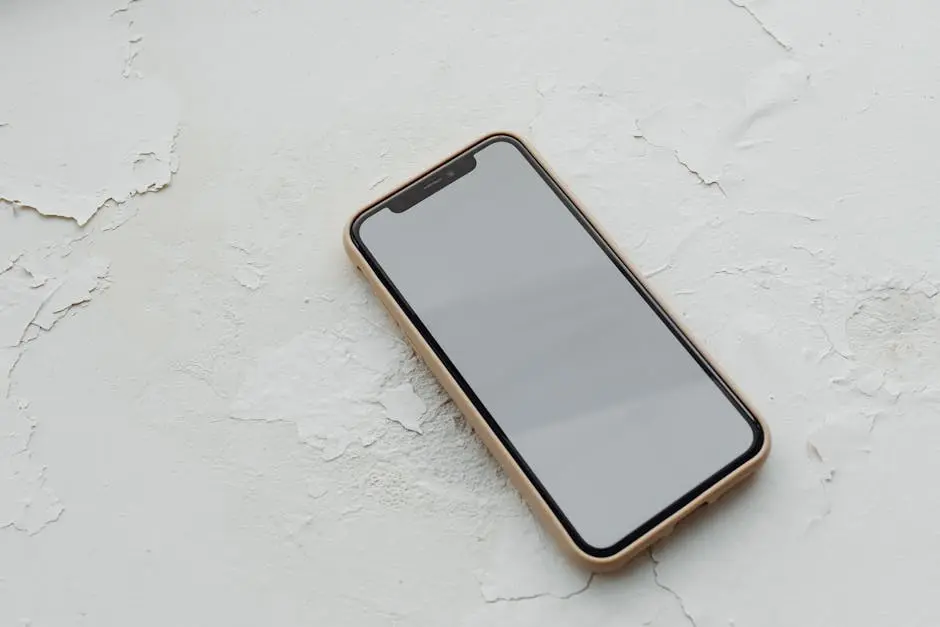Using a phone with cracked glass can raise concerns about safety and functionality. Many people wonder whether it’s okay to continue using their device in this condition or if they should seek repairs immediately. In this article, we’ll explore the safety implications of using a phone with cracked glass, potential risks, and how to handle the situation effectively.
Understanding the Risks of Cracked Glass
When it comes to a phone with cracked glass, the primary concern is safety. The cracks can cause sharp edges that might lead to cuts on your fingers or face. It’s essential to handle the device carefully to avoid such risks.
Moreover, cracks can compromise the structural integrity of your device. This not only makes your phone more vulnerable to further damage but can also affect its ability to protect internal components from dust and moisture.
Another important point to consider is visibility. Cracked glass can distort the screen display, making it challenging to read messages or see images clearly. This can hinder your ability to use your phone effectively, leading to frustration.
In essence, while a cracked screen does not immediately render a phone unusable, the associated risks can be significant. Users should assess their priorities—whether it’s safety, functionality, or aesthetics—before deciding to continue using a damaged device.
Assessing the Severity of the Damage
To determine if it’s safe to use a phone with cracked glass, start by assessing the severity of the damage. Look at the size and depth of the cracks. If they are minor and only cosmetic, you might be in a better position to continue using the phone.
On the other hand, significant cracks that run through the entire screen can be indicative of structural damage. These types of cracks are more likely to worsen over time, making it imperative to seek repairs quickly.
Consider conducting a functionality test. Ensure that the touchscreen responds well in the areas around the crack. If there is any lag or unresponsiveness, it’s a sign that the damage may be more extensive than it appears.
Overall, visual inspection, coupled with a functionality test, can guide you in determining whether your phone is still safe to use. Keep in mind that even seemingly minor damage can lead to eventual issues.
Identifying Potential Hazards
Cracked glass can pose various potential hazards. First and foremost, the sharp edges of the cracks may cut your fingers, leading to minor injuries. This is especially concerning for users who frequently handle their phones while on the go.
Furthermore, there’s also the risk of the cracks expanding. What might start as a small line can quickly become a more severe split if the device is dropped or subjected to pressure. This can lead to a broken screen, necessitating expensive repairs.
Another unseen hazard relates to the internal components of the phone. Cracks may lead to exposure, allowing dust and moisture to enter, which could potentially damage sensitive electronics. Over time, this can lead to a costly replacement rather than simple repairs.
Therefore, always be cautious. While the convenience of a cracked phone can tempt you to use it longer, identifying and acknowledging these hazards may encourage you to seek repairs sooner rather than later.
Tips for Safe Usage Until Repair
If you decide to continue using a phone with cracked glass, there are ways to do so safely. First, consider applying a screen protector. This can help keep the cracks stable and prevent further breakage while also providing a barrier against injury.
Avoid placing your phone in your pocket alongside keys or other sharp objects. Such contact can worsen the cracks, exacerbating the problem. Instead, use a protective case designed to shield the device from impacts.
Limit the activities you engage in with the phone. If you’re prone to dropping it, try reducing tasks that require two-handed use until you can get the device repaired. This will significantly lower the risk of further damage.
When it comes to notifications, consider opting for vibration mode. This can lessen the chances of shock if you happen to drop it unexpectedly. By taking these precautions, you can mitigate risks while awaiting repair.
When to Seek Professional Help
Knowing when to seek professional help is crucial. If cracks begin to obstruct video display or affect touchscreen functionality, it’s time to consult a technician. Ignoring these signs can lead to more extensive damage or expensive repairs down the line.
You should also consider the environment in which you regularly use your phone. For instance, if you work in a construction zone or a setting where the phone could easily get damaged, seeking repairs sooner is wise.
It’s a good practice to establish a timeline for repairs. If the cracks are worsening or if you notice new ones appearing, don’t hesitate to get help. A proactive approach can save you from larger issues in the future.
Ultimately, the safety and functionality of your device should come first. Don’t let the cost of repairs deter you from taking necessary action. It’s best to address the issue promptly to maintain your device’s integrity.
Final Thoughts on Using a Phone with Cracked Glass
In conclusion, while using a phone with cracked glass can be risky, it is possible to manage these risks with careful consideration and proactive measures. If the cracks are minor and don’t impede functionality, you may choose to continue using the device temporarily. However, it’s always best to get repairs done as soon as possible to ensure your phone remains safe and fully operational.








Write a comment
Your email address will not be published. All fields are required